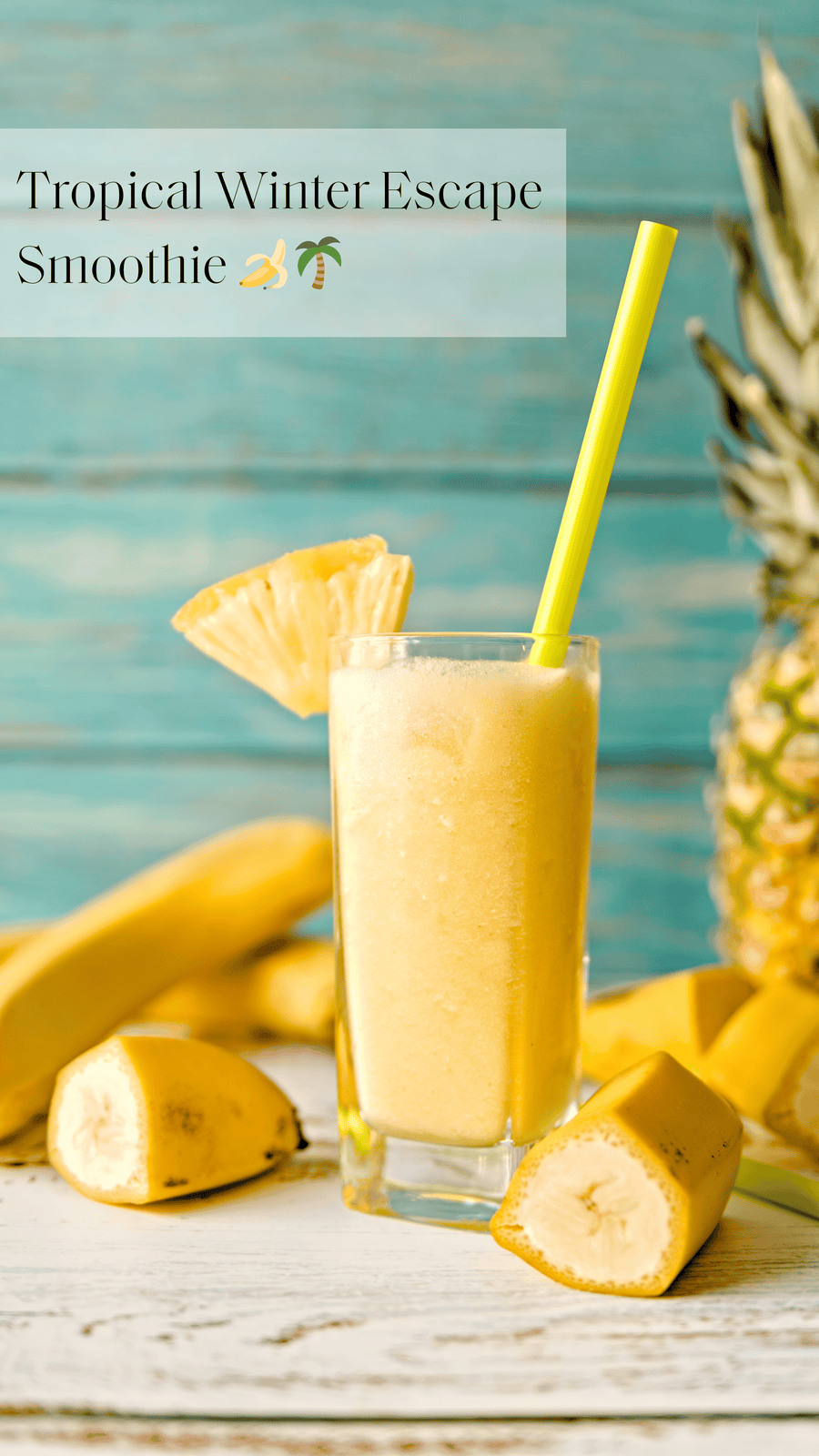A harmful chemical has been hiding in the ingredient lists of many of our favorite foods for years without receiving much attention. Studies link this chemical to chronic inflammation, weight gain, and at times even the development of allergies.
This chemical is maltodextrin: a highly-processed substance derived from corn, rice, potato starch, and/or wheat. To become water-soluble, maltodextrin undergoes a harsh chemical treatment method called “partial hydrolysis,” which uses water, acids and enzymes to break down the starches and transform them into a soluble white spray-dried powder. In this form, it is commonly added to processed foods as a thickener, ingredient binder, or filler. Most commonly it is found in yogurt, baby formula, sauces, dressings, protein bars, puddings, protein shakes, and sugar-free sweeteners.
A recent grocery store food survey revealed that 60% of all packaged items contain “maltodextrin” or “modified (corn, wheat, etc.) starch” in the ingredients list. Furthermore, results of a food frequency questionnaire indicated that 98.6% of respondents routinely consume food items containing maltodextrin, with an average consumption of 2.6 maltodextrin-containing items per day. These surveys assert that maltodextrin – while objectively causing harm – is an ever-present chemical in modern diets.
Another common place maltodextrin tends to appear is in nearly every product containing the phrase “natural vanilla flavors.” The United States Food and Drug Administration simply states that any flavor derived from edible sources can be labeled a “natural flavor” (1), which does little to prevent maltodextrin and harmful chemicals from appearing in our food sources. Thus, we are left with maltodextrin hiding in the seemingly-healthy organic $20 jar of grass-fed probiotic vanilla yogurt, which unfortunately counteracts many of the product’s perceived health benefits.
There is good news, however. There are several healthier alternatives to vanilla flavors and thickeners, so once we learn to identify these ingredients in our foods, we can take steps towards reducing their consumption.
4 Dangers of Maltodextrin
1. Spikes Sugar levels
Maltodextrin is extremely high on the glycemic index (GI), ranging from 106 to 136 (compared to table sugar’s score of 60). The higher the number, the quicker the spike in your blood sugar. Foods lower on the glycemic index scale are slower to raise blood glucose levels.
This is not the problem, sugar becomes an issue when there's inflammation. How do you know there's inflammation? if there's love handles around your waist. Inflammation inhibits glucose absorption into the cells. Which is where glucose belongs. It's possible to have high amount of extra-cellular glucose and low amounts within the cells. That's when you will see a dip in energy production, stress hormones rise, and fragmented sleep. In other words, your cells are starving.
2. Suppresses biome
Maltodextrin can harm the composition of the gut bacteria by suppressing the growth of the beneficial bacteria. It impairs cellular anti-bacterial responses and suppresses intestinal anti-microbial defense mechanisms. There is evidence showing a correlation between the prevalence of maltodextrin in the diet, and dramatic rise in Chrohn’s disease (2).
An imbalance in gut bacteria also allows E. Coli to flourish and expand, while enhancing its cellular bond and biofilm formation in the gastrointestinal tract. This is often associated with the development of an array of autoimmune diseases. Additional research states that maltodextrin promotes the survival of salmonella, which may be responsible for a broad range of chronic inflammatory diseases (3).
3. Genetically modified organism
The primary difference between maltodextrin and corn syrup solids is that maltodextrin is hydrolyzed to have less than 20 percent sugar content, whereas corn syrup solids have more than 20 percent sugar content. Most maltodextrin is made from processing corn with enzymes, and considering the United States Department of Agriculture recently announced that 85% of corn in the US is genetically-modified (to be more tolerant to herbicides). It is highly likely that the maltodextrin you consume is also genetically-modified. And although the Food and Drug Administration does not yet require safety testing for genetically modified organisms (GMOs), increasing independent research has linked them to a number of health issues, including Alzheimer’s disease, cancer, kidney damage, antibiotic resistance, reproductive disorders and allergies.
4. Possible allergen
One variation of maltodextrin – more prominent in the EU – is derived from wheat. European regulation does not require wheat-based maltodextrin to note allergies or intolerances on food labels.
In the USA, if you don’t see the word “wheat” on an FDA-regulated product containing maltodextrin, the food product does not contain wheat protein.
However, for USDA-regulated foods (meat products, poultry, eggs) only the usual/ common name is required to be listed on the food label. Therefore, maltodextrin may simply be labeled as “maltodextrin,” even if it contains protein derived from wheat. And even though the process of producing maltodextrin is believed to remove most of the gluten, there still may be trace amounts of it remaining in the finished product, which can irritate anyone with celiac disease or with gluten sensitivity. When “maltodextrin” is stated on an ingredient list, it won’t necessarily indicate whether it’s derived from wheat, potato or corn, so it’s best to avoid altogether if you have any sensitivity to wheat.
Alternatives to Maltodextrin
All things considered, there are plenty of simple alternatives to maltodextrin. It’s used as a filler, thickener, added flavor, and sweetener, so depending on the application in can easily be replaced by a healthier food.
Thickeners: agar agar, orgnic locust bean gum, kuzu
Sweeteners: stevia, monkfruit, raw honey
Added flavor: ground vanilla bean powder, pure vanilla extract










